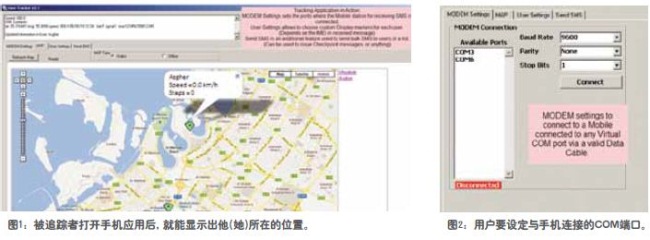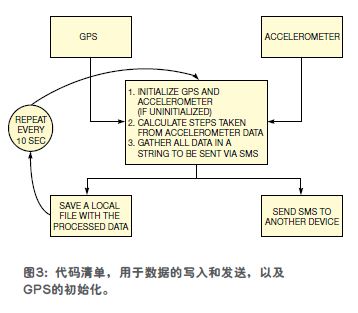Smartphone turns into pedometer and tracking device
When you go outdoors or ride a mountain bike, or even just a long distance walk around, you must also know the distance you pass, or the speed of walking. The idea of ​​buying a dedicated device for this is too luxurious. Today, GPS-enabled smartphones are gaining popularity on the market, so one phone can be used to record or send current sensor readings to a server for viewing and processing.
This article refers to the address: http://
This design example describes a simple scenario that uses a Python scripting language to record GPS readings. The advantage of Python is that electronics engineers can do this simple task without having to delve into the complex C/C++ calls to the Symbian/Android architecture. Just install the Python interpreter on a phone and a text file containing the script.
The Python script initializes the phone's GPS and periodically records location and speed data in a single file. It can upload information to other mobile phones via GPRS (General Packet Radio Service) or SMS. By running a .NET application on a PC connected to a text-sending mobile phone, you can track the location of a user in real time on a map provided by Google Maps. If you feel that the PC and receiving mobile phone are redundant, you can also enter the files recorded on the smartphone and do manual data calculation.
The novelty of this method is the use of a built-in accelerometer , which calculates the number of steps when the user walks or jogs, and uses the existing formulas (References 1 and 2) to calculate the calories burned based on the data. Quantity. So, with simple software installed on your smartphone, you can turn it into a versatile pedometer and tracking system without adding any hardware.
Figures 1 and 2 show two screenshots of a .NET application on a receiving PC. The application's job is to receive text messages (in a predetermined format), analyze the text messages, display the location/data on the map, and record the information as a CSV file.

A code that can be downloaded online at allows the phone to obtain its current location with its GPS. Send a message containing the location data to the target mobile number via SMS. The target phone can be connected to a PC for recording and playing back real-time data. The code will write all the information to a file on the phone itself. If you can't send a text message, all the data will remain on the phone for later analysis. The flowchart shows the function of the code (Figure 3).

Several parts of the final design can be an optional part, as some users may only want to track the application, while others want to save the content as a local file instead of sending it out via SMS.
Liquid Crystal Display For Clock
Dongguan Yijia Optoelectronics Co., Ltd. , https://www.everbestlcdlcms.com